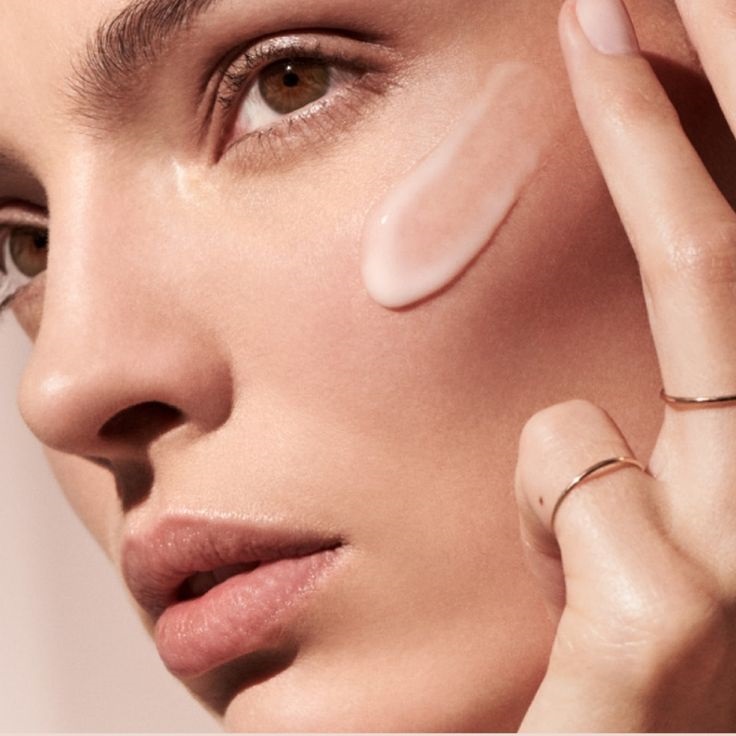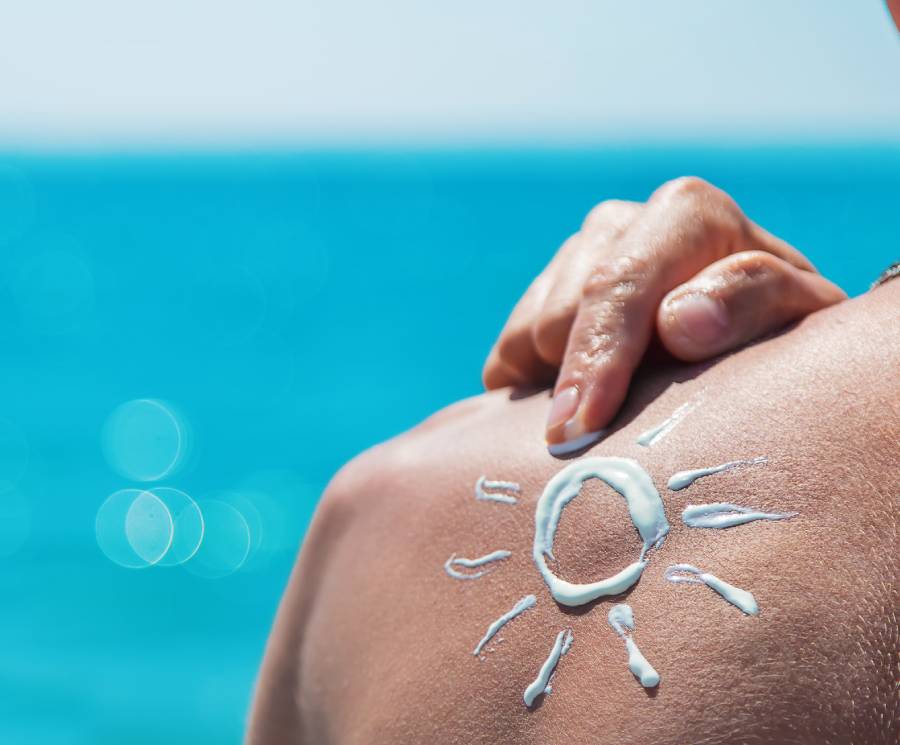The wonderful world of perfume has gone through many changes from past to the present day.
Perhaps, at the beginning, perfume was considered only as a pleasant scent and also the variety of relevant production was very limited; however today, it can be addressed from several perspectives; For example, survey on perfume position and its relevance in social, economic or looking at this subject from psychology point of view.
Nowadays perfume is known as a personal element and possess a great importance in today’s lifestyle; also it can be considered as a part of a person’s identity since the art of introduction of person’s personality has been embedded in it.
Therefore, considering the importance of perfume in today’s society and the progress in various aspects of it seems inevitable to enter the specialized world of perfumes. However, getting to this point first requires the knowledge of terms that are related to this field or mentioned on perfume bottle or box.
These terms are considered as codes on the bottle or box of each perfume which recognizing them will facilitate perception of nature and scent of related perfume; As a result, you will be more accurate and brighter in choosing the right one.
It is not far-fetched that most of people are unfamiliar with this terminology and sometimes they might find them confusing. Here, an attempt has been made to familiarize you more with these concepts in order to open a new window into the fascinating world of perfumes.
Common terms on perfume bottles and boxes
These terms are usually engraved in English or French on perfume bottles and boxes.
But why French?
It might sound odd, but in the past, France was considered one of the filthiest and most polluted countries, with poor public and even personal hygiene level. Public places were filled by an unpleasant and stink odor, which caused experts, endures to create and produce perfumes to benefit noble society to enjoy these pleasant scents and create a desirable atmosphere in their communities. Since France can be considered the origin of perfume production in the world and in fact, it has revolutionized the fragrance industry globally, many terms has the reference of French language.
These terms are very extensive, and by knowing them, you will explore the real hidden meaning inside of each perfume.
It is worthy to mention that the terms may also be presented in other languages based on the country of perfume’s manufacturer,
The first term or words that are important in choosing a perfume indicates the user’s gender. Whether the perfume is suggested for women, men, or suitable for both genders:
Unisex: Unisex fragrance refers to the scent that can be used by both genders. In essence, it is a fragrance that men and women are comfortable using it. This means masculine and feminine scents have been blended in a balance way.
For her: This is the English synonym of “Pour elle” in French.
For him: This is the English synonym of “Pour lui” in French.
In French grammar, before referring to the gender, the word “pour,” is used which is a French preposition.
“Pour” in French is pronounced as “poor” in English and means “for.”
For him (man): “Pour lui” in French (poor lewee).
For her (woman): “Pour elle” in French (poor el).
“Homme” means “man” in French (pronounced as “om”).
It’s quite common to find words like “Pour Homme” on many men’s perfume bottles. This means that the fragrance is designed for men.
“Donna” (pronounced as “donna”) means “woman” in Italian.
Terms related to perfume volume
“Floz” or “FL. Oz.”: Perfumes are available in various sizes, indicating the volume of juice in the bottle or container. They are usually measured in milliliters (ml) or fluid ounces (fl. oz.). When measured in fluid ounces, it’s generally represented as “FLUIDE OUNCE” or “fl oz.”
Typically, volume of the juice inside the bottle is registered on the product as an equivalent. For example, 100 milliliters is roughly equivalent to 3.5 fl. oz. The unit “fl. oz.” is used to measure liquid volume.
For further clarification, the table below shows some of the most common fluid ounce values and their milliliter equivalents:
| Mill | fl,oz |
| ۵ | ۰/۷ |
| ۳۰ | ۱ |
| ۳۵ | ۱/۱۸ |
| ۴۰ | ۱/۴ |
| ۵۰ | ۱/۷ |
| ۶۰ | ۲ |
| ۶۵ | ۲/۲ |
| ۷۵ | ۲/۵ |
| ۸۰ | ۲/۷ |
| ۹۰ | ۳ |
| ۱۰۰ | ۳/۴ |
| ۱۲۰ | ۴ |
| ۱۲۵ | ۴/۲ |
| ۱۵۰ | ۵ |
| ۲۰۰ | ۶/۷ |
| ۷۵۰ | ۲۵ |
Vol Volume (of alcohol)”: It’s an abbreviation used to indicate the amount of alcohol that is used in each perfume. In essence, perfumes are made from pure essence (essential oil) and a certain amount of alcohol.
Terms to demonstrate concentration level of perfume
One of the most important and fundamental indicators in presenting each perfume is its concentration level, often indicated by specific words usually written under the bottle, sometimes on the back of bottle or on the box. These words are sometimes abbreviated, that we will clarify them here.
Parfum (pronounced: pahr-FOOM):
In general, the word “Perfume” is derived from French words used to introduce a fragrance. Regardless of gender or concentration, any type of fragrance is referred to as “Perfume.”
However, at times, this word is specifically used on the bottle or container, signifying a different meaning. Therefore, whenever you see this word alone on the bottle or container or engraved under it, it implies that the concentration of fragrance material or Essential Oil derived from raw materials, which is used in making this perfume, has been maximized. This usually falls within the range of 15% to 25%, though different companies may specify various percentages, sometimes exceeding the mentioned range; For instance, 20% to 30%.
It is worthy to mention that all perfumes in this category are highly long lasting compared to others concentrations; therefore, they come in higher price positioning.
P: Abbreviation of the word “Parfum”
Eau de Parfum (pronounced: oh duh pahr-FUM): “Eau de Parfum” on the bottle and box of a perfume indicates its concentration level. This combination represents the highest level of concentration of Essential Oil or the essences used in making the fragrance, of course after
“Parfum”. Usually it falls in the range of 8% to 15%, which can vary among different companies, such as 15% to 20%.
EDP: Abbreviation of “Eau de Parfum”
Eau de Toilette (pronounced: oh duh twah-LET): using the term of “Eau de Toilette” on perfumes also indicates the concentration level of the Essential Oil used in fragrance. When you see this phrase on the bottle or container, it signifies a lower concentration of the fragrance material used in the fragrance compared to “Eau de Parfum.” This generally falls within the range of 4% to 8%, which can vary among different companies, such as 5% to 15%. This term signifies a lighter, milder scent and generally has a shorter longevity compared to the previous concentration levelas.
EDT: Abbreviation of the term “Eau de Toilette”
Eau de Cologne (pronounced: oh duh kohl-AHN): This phrase is also one of the important and commonly used terms in the perfume industry, indicating the concentration of its Essential Oil. Eau de Cologne has lower concentration and longevity compared to Parfum, Eau de Parfum, and Eau de Toilette. This generally falls within the range of 2% to 4%.
EDC: Abbreviation of the term “Eau de Cologne”
Sometimes, you may encounter a few specific words next to the name of a perfume on its bottle, indicating a higher concentration of the scent compared to previous versions of the same fragrance. These phrases imply an intensified scent and a slight variation in the composition.
These terms include:
Absolute (in French: absolu) – Indicates purity.
Extreme – Indicates an intensified version.
Elixir – Meaning elixir.
Intense – Signifies a more strong and intense version.
Le Parfum (in French: le parfum) – Emphasizes the exclusivity of the perfume.
These terms are often used alongside with the perfume name to indicate that they have the highest concentration and, consequently, being more long-lasting comparing to the prior version.
Eau (pronounced: oh): In French, this word means “water.” Its use alone on a perfume indicates a light and subtle scent, lighter than previous models. However, when used alongside with other words, it can have different interpretations. For example, as mentioned earlier, the terms “Eau de Toilette” and “Eau de Parfum” are among the most important fragrance terms, indicating their concentration levels.
L’Eau (pronounced: luh): The French word “L’Eau” carries a similar meaning and concept to the word “Eau.” It’s important to note that the function of the letter “L” in French is similar to the definite article “The” in English.
Fraiche (pronounced: fraysh): The word “Fraiche” is a French term meaning “fresh and invigorating.” Perfumes bearing the word “Fraiche” have a mild and cool scent, evoking a feeling of freshness and vitality upon smelling.
Eau Fraiche (pronounced: oh fraysh): This French phrase is a combination of “Eau” and “Fraiche,” meaning “fresh water.” Just like “Eau de Toilette” and “Eau de Parfum,” this term is significant for indicating concentration or scent intensity. When the term “Eau Fraiche” is used on a perfume, it signifies that its scent intensity and concentration are lower than “Eau de Toilette” and closer to “Eau de Cologne.” Additionally, it is primarily water-based and contains lighter ingredients, resulting in a milder scent and less longevity compared to other versions.





